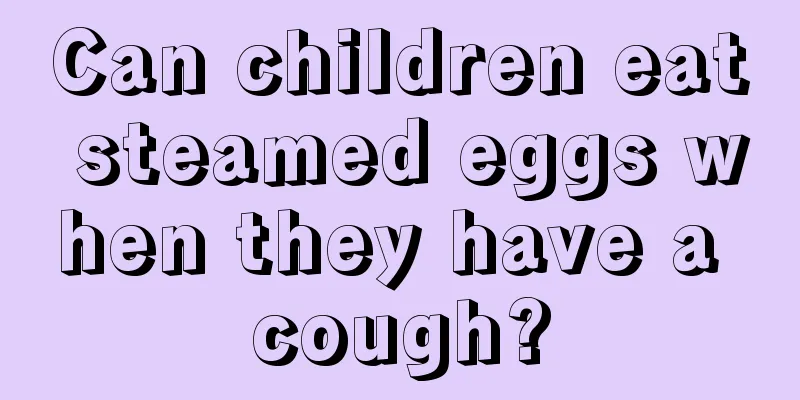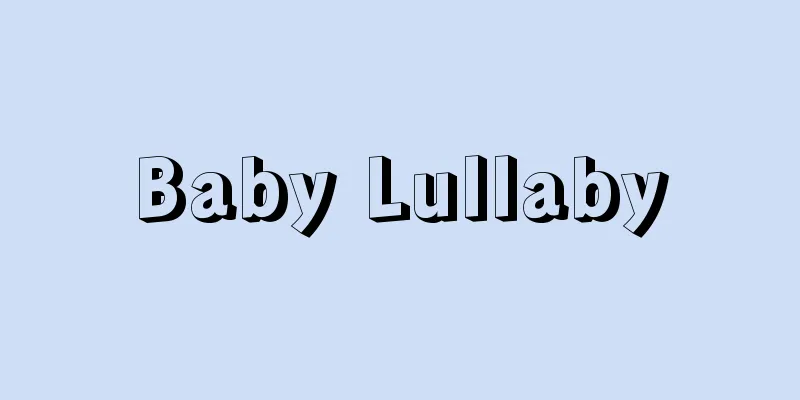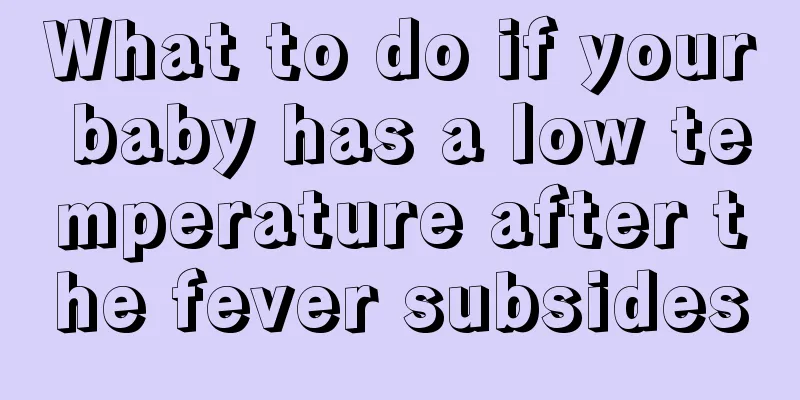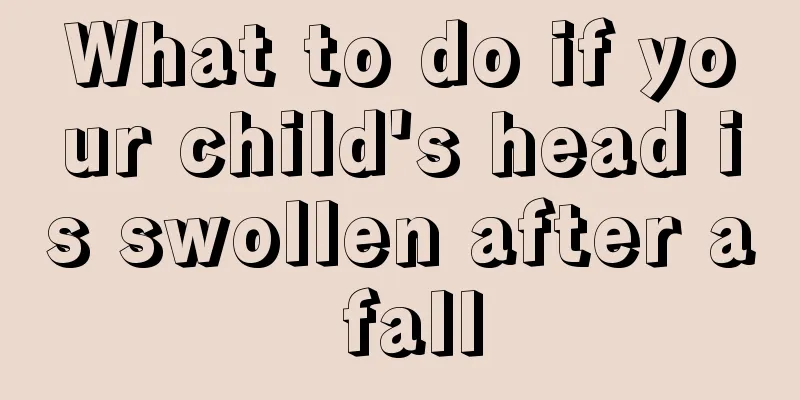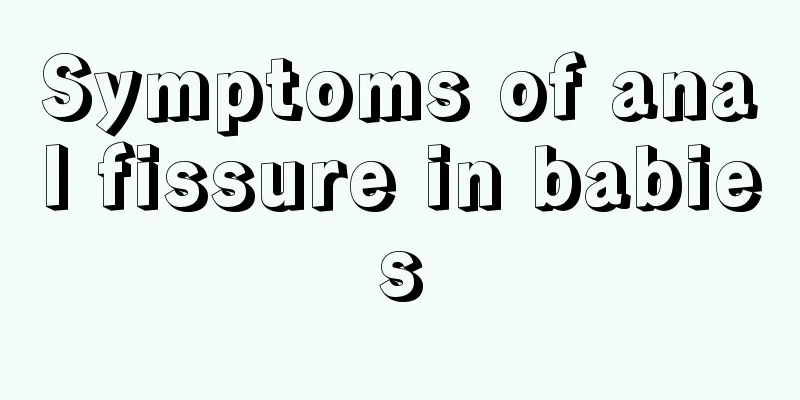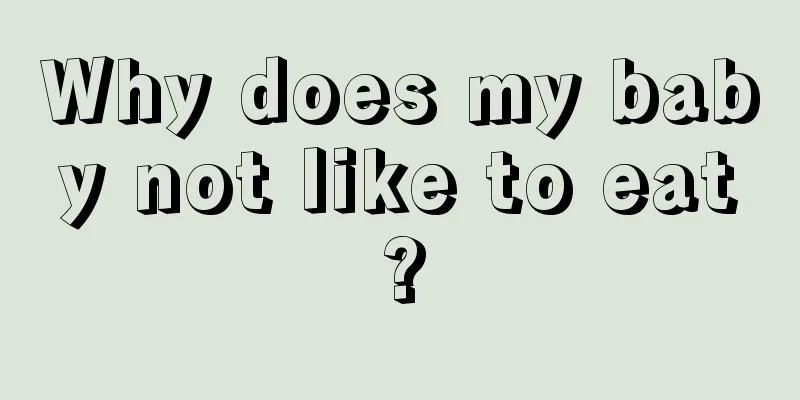What are the symptoms of brain maldevelopment in children?
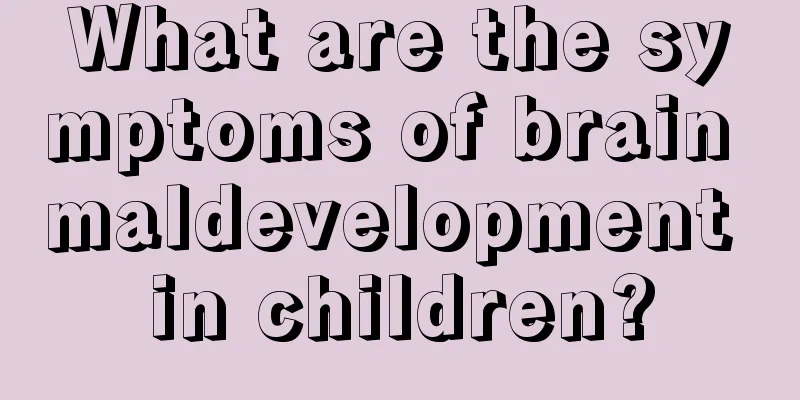
|
Children are in the golden age of a person’s development, and they should pay special attention to balanced nutrition in order to develop well. A person's development as a child may have a significant impact on their later life. For example, incomplete development of the bones may lead to small stature; incomplete development of the brain may lead to dementia in children, etc. Here are some symptoms of brain maldevelopment in children. Symptoms of early brain maldevelopment: 1. Being too quiet, lacking in active exercise, and having delayed motor development. For example, a 3- to 4-month-old child cannot hold his head upright or lifts his head unsteadily in a prone position; at 4 months old, he still cannot support weight with his forearms, stands on tiptoes or his lower limbs are too straight or crossed. 2. Crying, making noises, and being frightened Children with cerebral palsy often cry less, move less, cry weakly, and are overly quiet shortly after birth. Or they may cry a lot, be irritable, startle easily, or have recurring twitching. 3. Poor appetite Many children with cerebral palsy have loss of appetite, which is a factor of the disease, but the most important factor is psychological. The most common causes of cerebral palsy are picky eating, partial eclipse, excessive snacks, fresh drinks, etc., and bad eating habits. At this time, parents need to learn more about their children's eating habits, avoid raw foods, choose foods that are rich in protein, rich in vitamins, low in salt, low in sugar, and low in fat, and adjust the color, aroma, and taste to ensure the child's nutritional supply. 4. Difficulty in feeding Feeding difficulties, such as weak sucking, weak crying or excessive crying, easy to be frightened, and often abnormal muscle tone and abnormal posture, such as flexion and adduction of fingers of both hands, clenched fists, inward rotation of forearms, and backward tilt of head and neck. This is also a typical symptom of cerebral palsy in children. 5. Muscle changes Increased muscle tone, rigid body of children, increased muscle tension, very easy to fight, often running out in childhood, dorsiflexion is symmetrical, the first head leans to one side, also belongs to extension, rigid early symptoms of lower limb cerebral palsy. 6. Abnormal reflexes Primitive reflexes disappear with delay; protective reflexes weaken or do not appear. Patients often have dystonia and abnormal posture and movement patterns. 7. Drooling Some cerebral palsy patients have obvious spasms or uncoordinated contractions of the facial muscles and tongue muscles. This can cause children to have difficulty chewing and swallowing, difficulty closing their mouth, and drooling. 8. Weak limbs and imbalanced body The hands cannot grasp objects or make fists normally, and are sometimes accompanied by mental retardation or muscle system diseases; the ataxia type is characterized by weak muscles in the limbs, inability to maintain body balance, unstable gait, and inability to complete fine movements such as pointing to the nose with fingers. |
<<: Why do children bite their nails?
>>: Will children also have high blood pressure?
Recommend
Why does my child always have a low-grade fever?
Some mothers say that their children always have ...
Baby has fever and low white blood cell count
When your baby has a fever, if the white blood ce...
What to do if your baby has diarrhea
Diarrhea, which we usually call loose stools, is ...
What is the best thing to eat when a child vomits?
Vomiting is the most common phenomenon when child...
What is the vaccination schedule for my baby?
Currently, babies of appropriate age need to be v...
One-year-old baby has a pimple on the back of his head
Those who have babies at home know that parents a...
A hard lump in the child's breast
Nowadays, there are safety risks in various foods...
What are the top 10 reasons why babies cry at night?
Crying is the main way for babies to communicate,...
Is it okay for children to soak their feet every day?
Many people think that soaking children's fee...
What is the reason why babies sweat and wet pillows when sleeping?
Babies sweat a lot when they sleep, even their pi...
How to determine benign epilepsy in children?
Epilepsy is a very scary disease. Once the diseas...
What to do if your two and a half year old baby likes to suck his fingers
Two and a half year old babies love to suck their...
What are the preventive measures for mumps in children?
Mumps is an acute respiratory infectious disease ...
Red pimples on the back of a child
We often see small red bumps on children's ba...
Delayed eruption of primary teeth
People will have teeth erupt twice in their lifet...
